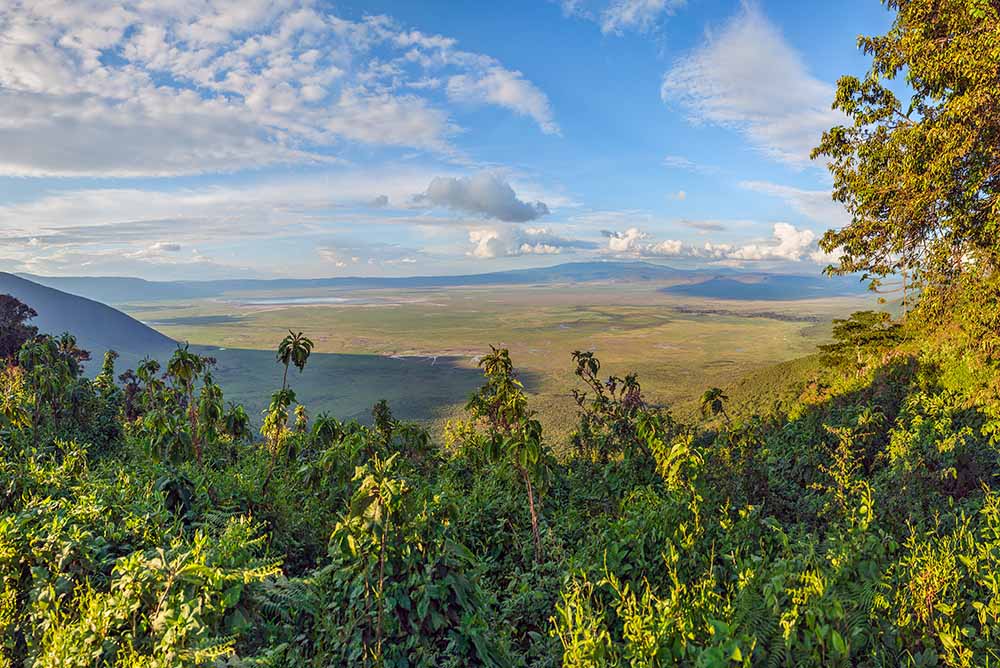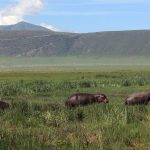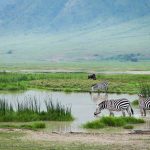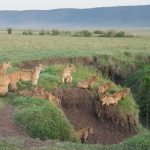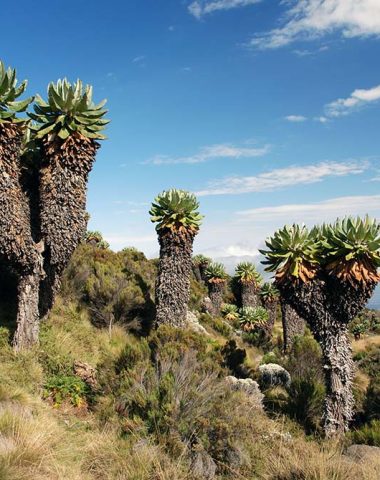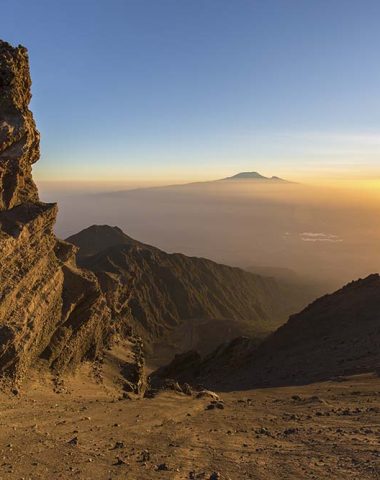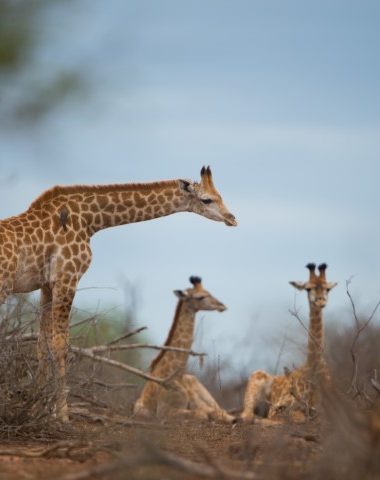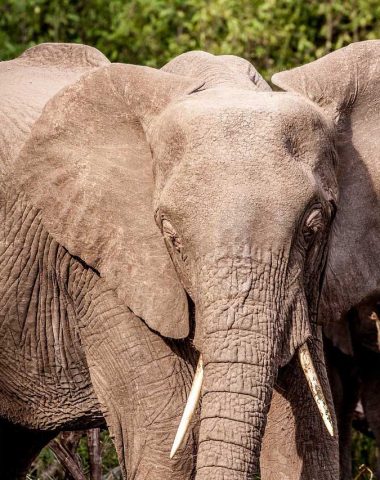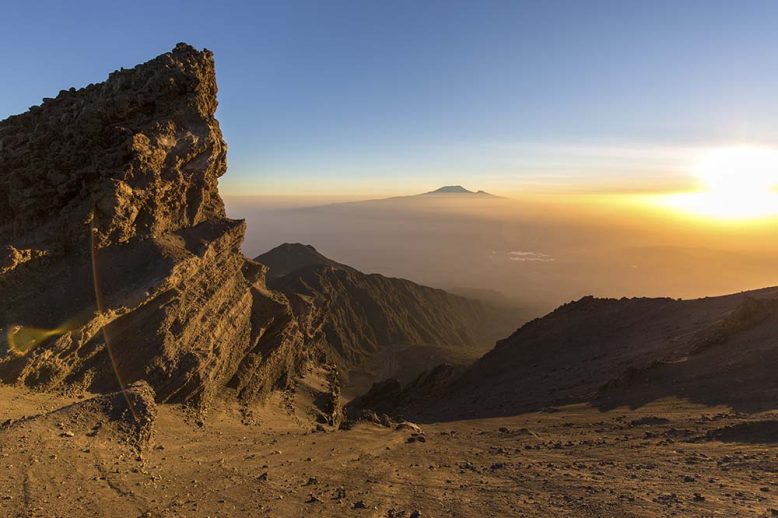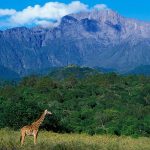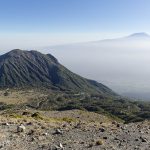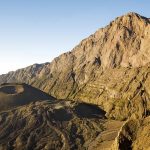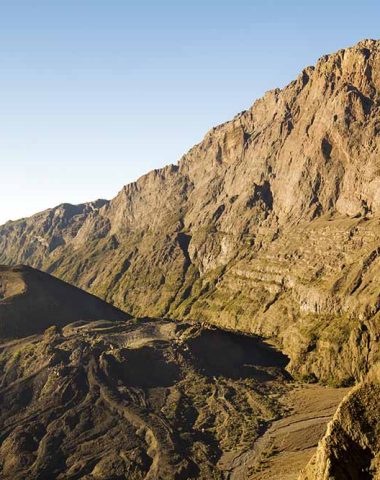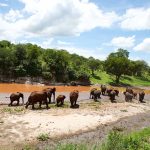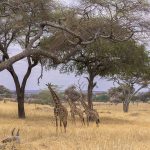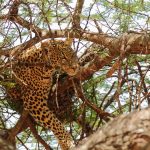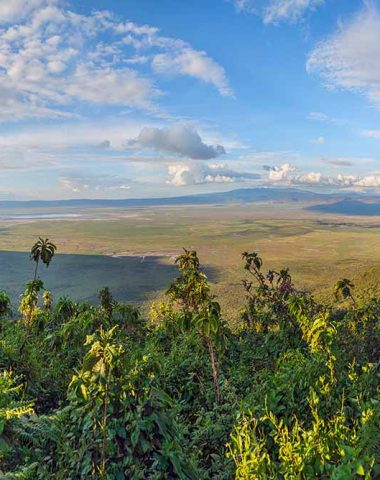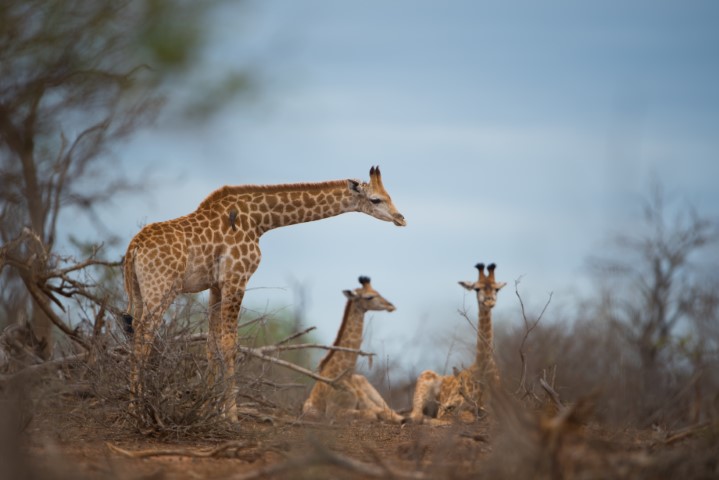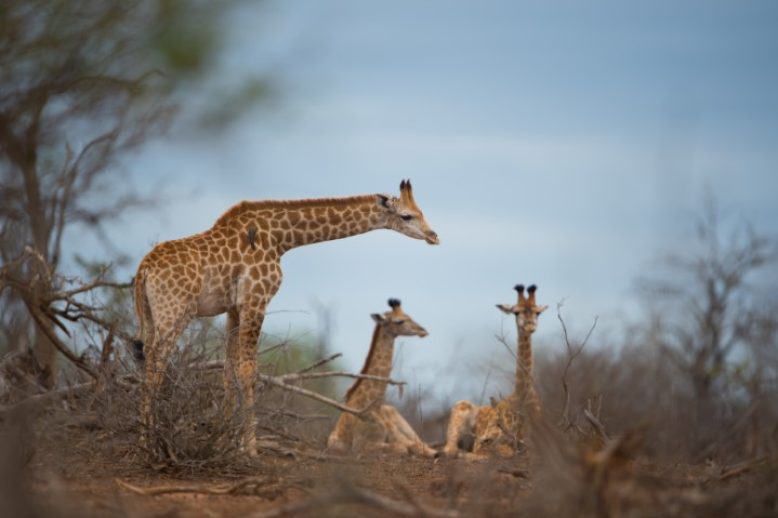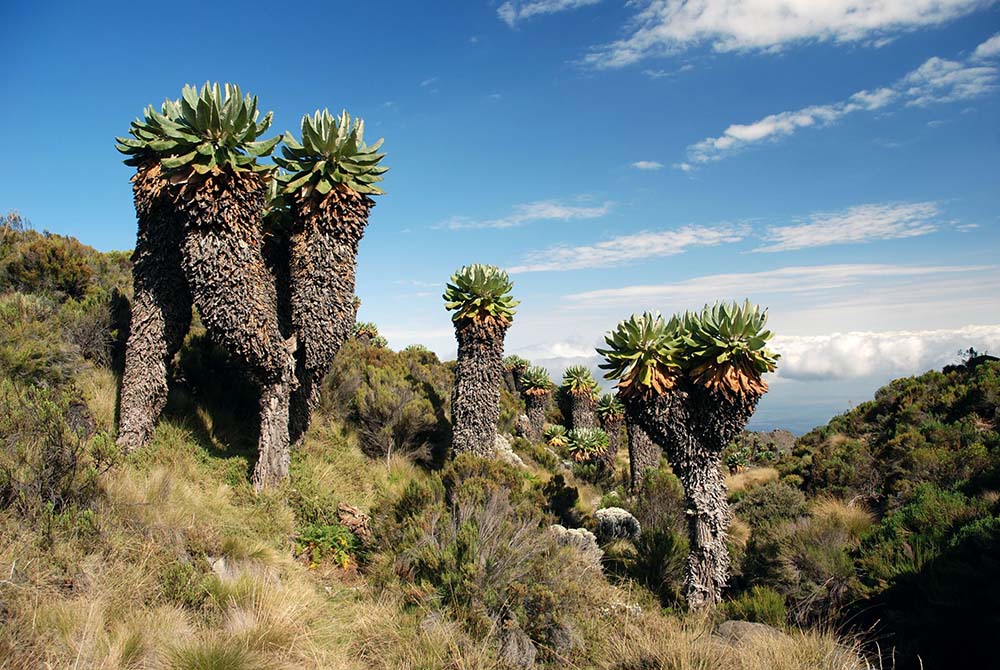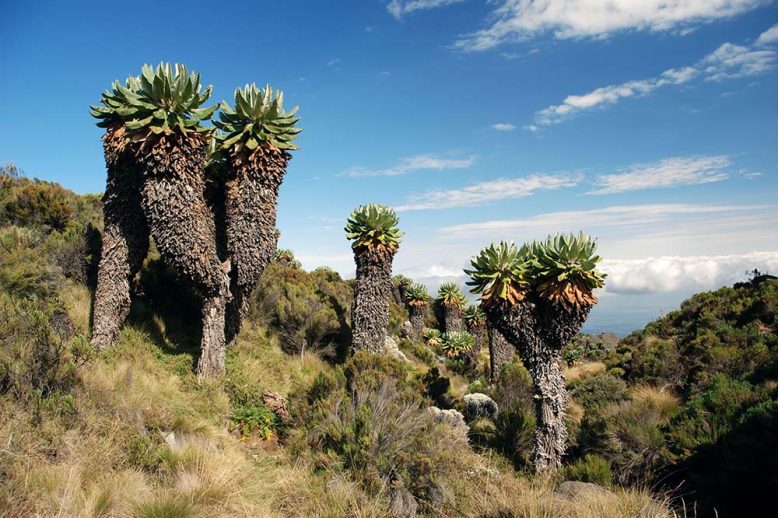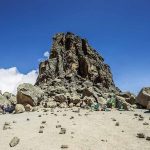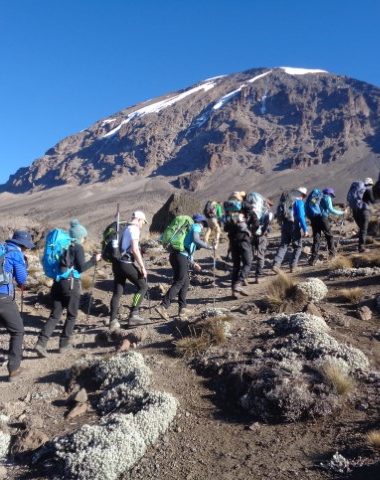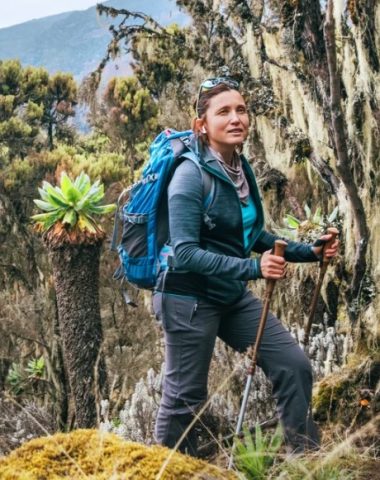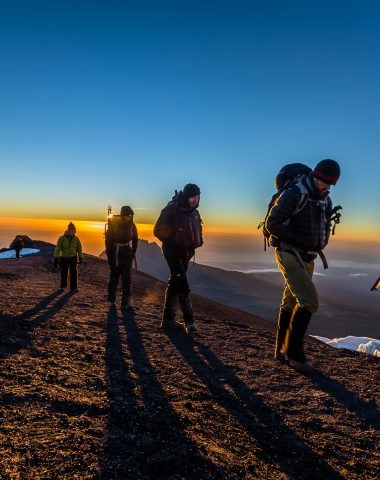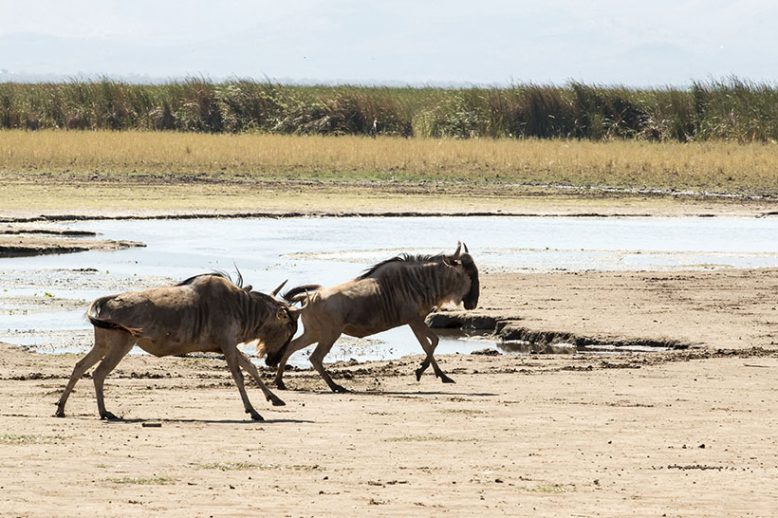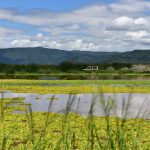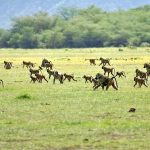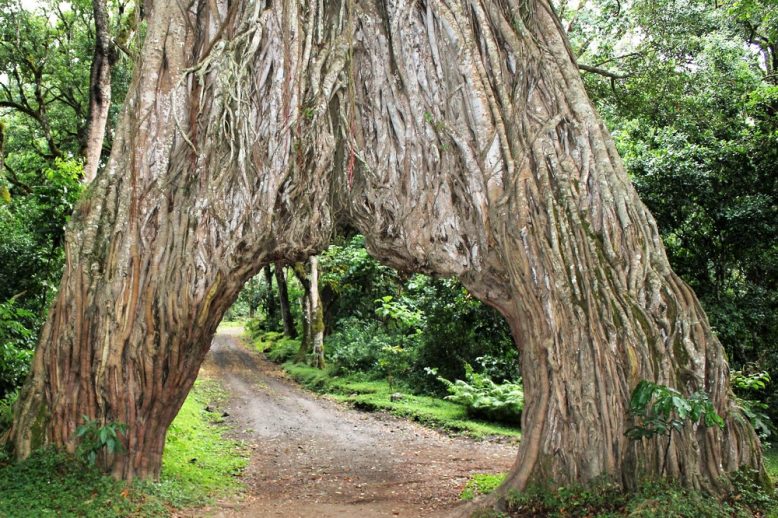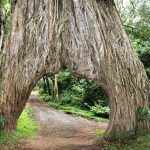Ngorongoro Crater

Ngorongoro is a protected area and a UNESCO World Heritage Site located in Ngorongoro District, 110 miles west of Arusha City in Arusha Region, within the Crater Highlands geological area of northern Tanzania. This location falls within the geological region known as the Crater Highlands. The area derives its name from the Ngorongoro Crater, a sizable volcanic caldera located within its boundaries.
The Ngorongoro Conservation Area Authority, a branch of the Tanzanian government, is responsible for the management of this conservation area, which aligns with the boundaries of the Ngorongoro District in the Arusha Region. The western section of the park shares a border with the Serengeti National Park.
Together with Kenya’s Maasai Mara game reserve, these areas serve as the habitat for the Great Migration, an annual phenomenon involving the migration of millions of wildebeest, zebras, gazelles, and other wildlife. Additionally, the conservation area encompasses the renowned Olduvai Gorge, a site of immense significance in the field of paleoanthropology.
The name of the crater itself has an onomatopoeic origin, as it was bestowed by the Maasai pastoralists who named it after the sound produced by a cowbell, known as “ngoro ngoro” in their language. The presence of various hominid species in the area has been established through fossil evidence discovered at the Olduvai Gorge, indicating a human occupation spanning a remarkable 3 million years.
Hunter-gatherers were displaced by pastoralists several millennia ago. The Mbulu people arrived in the region approximately 2,000 years ago, and the Datooga joined them around the year 1700. However, both groups were subsequently forced out of the area by the Maasai during the 1800s. The primary attraction of the Ngorongoro Conservation Authority is the Ngorongoro Crater, which holds the distinction of being the largest inactive, intact, and unfilled volcanic caldera in the world.
This crater was formed when a massive volcano erupted and collapsed upon itself approximately two to three million years ago. It reaches a depth of 610 meters (2,000 feet) and spans an area of 100 square miles on its floor. Experts estimate that the original volcano stood between 14,800 and 19,000 feet in height. The crater floor currently sits at an elevation of 5,900 feet above sea level. In February 2013, the Ngorongoro Crater was recognized as one of the Seven Natural Wonders of Africa by the Seven Natural Wonders organization in Arusha, Tanzania.
The Ngorongoro volcano remained active from around 2.45 to 2 million years ago. The crater is home to approximately 25,000 large animals, predominantly ungulates. Notable species found within the crater include black rhinos, African buffalo (also known as Cape buffalo), and hippos. Additionally, a variety of other ungulates can be observed, such as the blue wildebeest, Grant’s zebra, eland, and Grant’s and Thomson’s gazelles.



